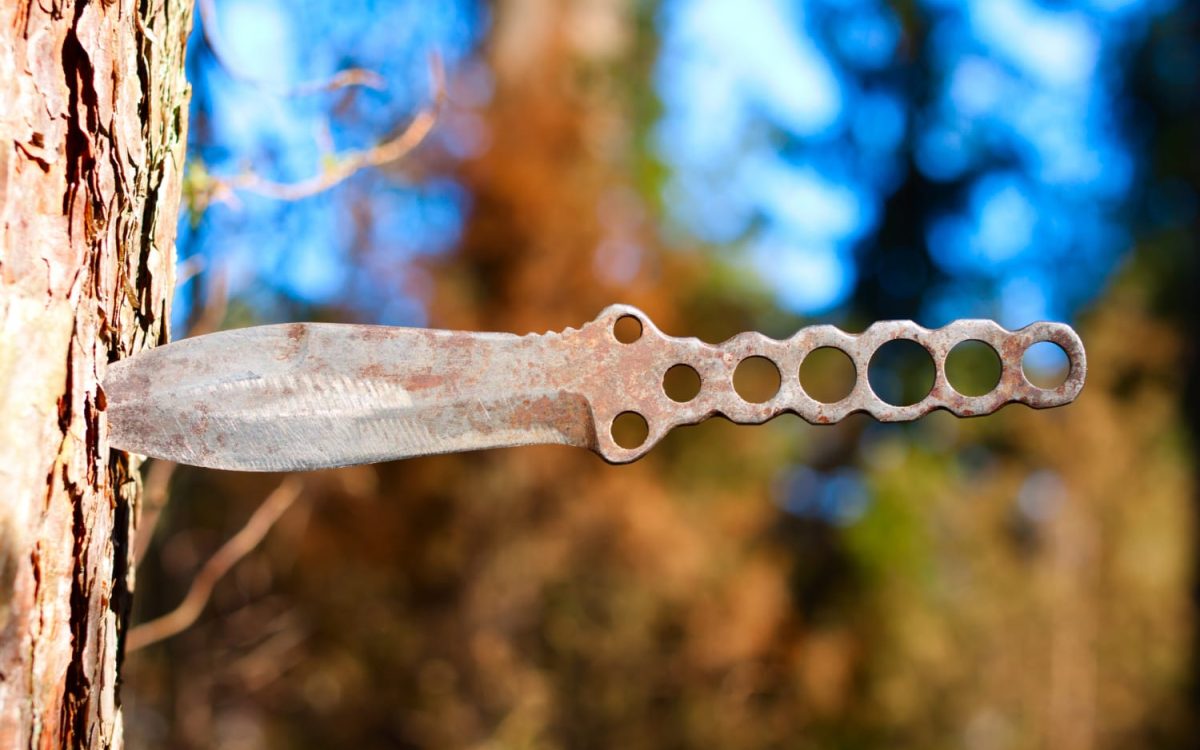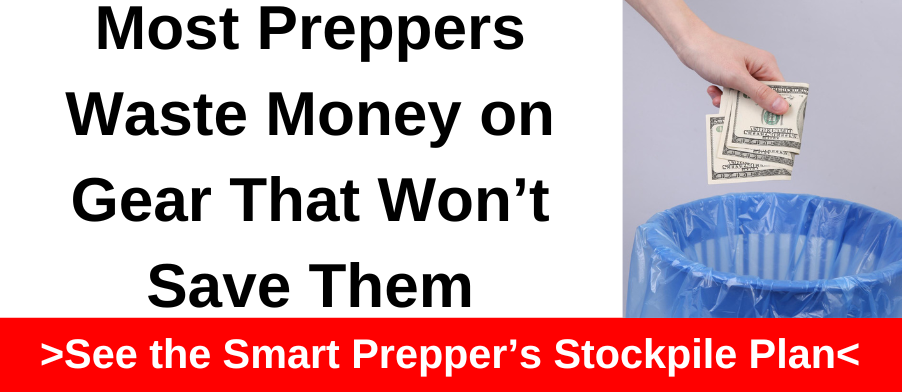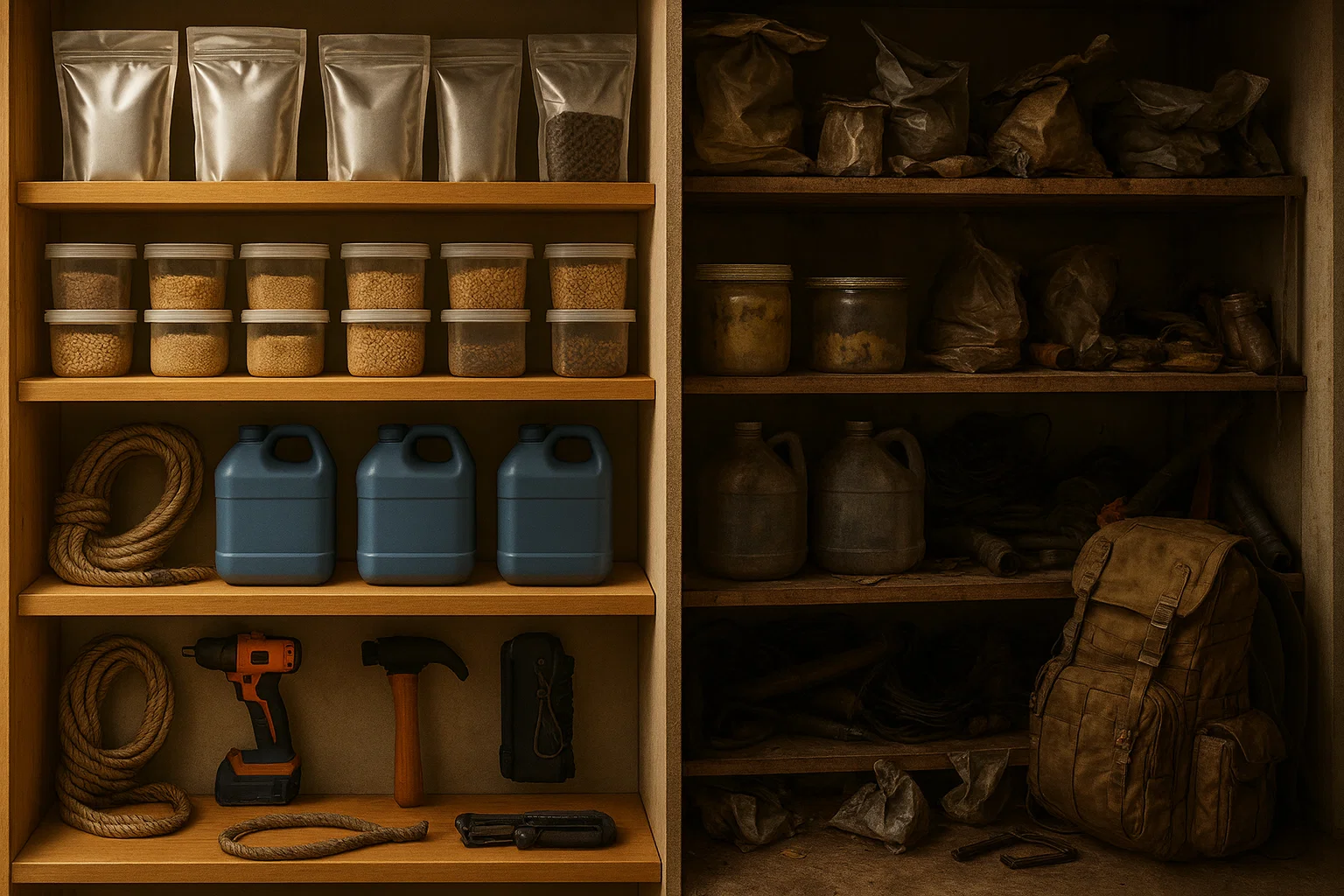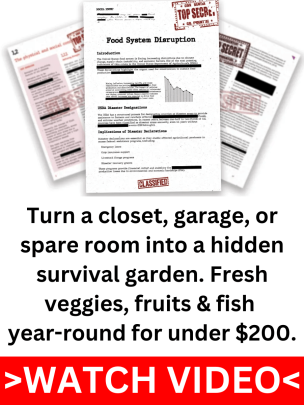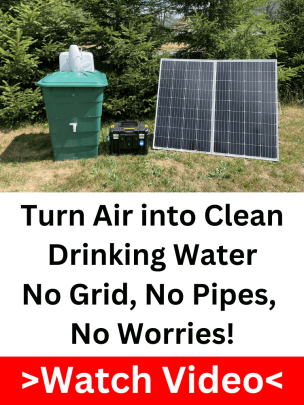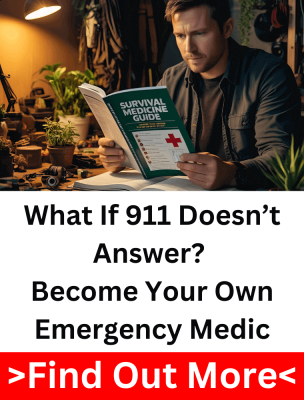Let’s be honest, cheap survival gear is tempting. Prepping isn’t cheap, and when you’re stocking up on supplies, it’s easy to convince yourself that a bargain knife or a budget water filter will do the job just fine. Why spend top dollar when you can get something that looks just as good for half the price? But here’s the problem, when disaster strikes, there’s no refund policy. If your gear fails at the worst possible moment, you could be stuck where “cheap” costs you way more than you ever expected.
Now, that doesn’t mean you have to blow your savings on overpriced, tactically marketed junk. Some affordable survival equipment is just as good as the high-end stuff. You need to know what’s worth the risk and what isn’t. That’s precisely what we’re covering in this guide. We will break down which budget-friendly survival tools are worth grabbing, what items you should never cut corners on, and how to build survival gear on a budget that won’t leave you hanging when you need it most.
When Cheap Gear Fails

Some survival tools have to work, with no exceptions. When you’re in a real emergency, there’s no backup plan for a broken knife, a useless water filter, or a tarp that rips the second the wind picks up. This is where cheap survival gear can turn from a money-saver into a severe liability. Many preppers make the mistake of thinking, “Well, something is better than nothing.” But in reality, lousy gear can be worse than no gear. If a tool fails when you need it most, you’re not just out a few bucks; you could be out of options entirely.
A perfect example? Cheap knives and low-end water filters. That budget knife might look solid in the package, but once you start using it, batoning wood, cutting rope, or even daily tasks, it’s only a matter of time before the blade chips, dulls, or outright snaps. And if that happens when you need it? Now, you’re stuck without one of the most important survival tools. Water filters are another area where affordable survival equipment can become a nightmare. Cheap, off-brand filters might claim to remove bacteria, but the truth is that many of them let dangerous contaminants through. Drinking contaminated water can lead to serious illness, vomiting, diarrhea, and dehydration, which is the last thing you want when you’re already in a survival situation.
Then there’s shelter and clothing, two things that can mean the difference between life and death. A thin, budget-friendly survival tool like a flimsy dollar-store poncho might keep you dry for a few minutes, but it’ll soak through and leave you freezing in a real storm. The same goes for cheap tarps and tents, they might hold up in perfect weather, but add wind, rain, or freezing temperatures, and suddenly, you’re dealing with leaks, rips, or worse, total collapse. When it comes to survival gear on a budget, some things just aren’t worth the risk. Freezing to death because of a $5 rain poncho is not a mistake you want to make.
What’s Safe to Buy Cheap
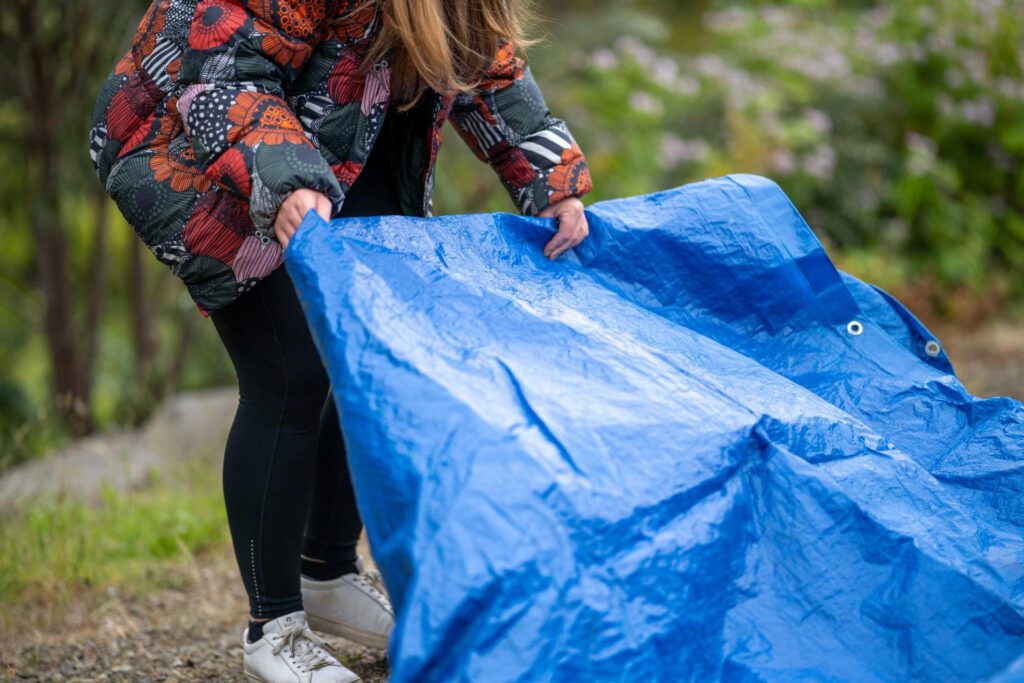
Not all inexpensive emergency gear is junk. While there are plenty of survival tools that can fail you when it matters most, there are also some budget-friendly survival tools that work just as well as their expensive counterparts. The trick is knowing what needs to be durable and what needs to get the job done. Some survival gear doesn’t have to be high-end, it just has to be functional. If you’re smart about what you buy, you can save a lot of money without putting yourself at risk.
Relatable: The Survival Items No One Talks About (But Everyone Needs)
One of the best examples of affordable survival equipment that works? Duct tape. Whether fixing a torn tent, sealing up a hole in your tarp, or even making emergency splints or bandages, duct tape is a cheap and effective tool in every prepper’s kit. Candles are another item where you don’t need to splurge, any basic candle will provide light and can even work as a fire starter in a pinch. And then there are plastic tarps, while they won’t replace a high-end tent, they’re excellent for quick shelter setups, rainproofing, or covering supplies. When it comes to survival gear on a budget, it’s all about knowing which items will work just fine at any price, and which ones will fail when you need them most.
Sometimes, the old ways work just as well, if not better, than modern solutions. The Amish have been living off the land for centuries without high-tech survival gadgets, relying on practical knowledge and simple but effective tools. If you want to learn more about self-sufficient survival techniques that don’t rely on expensive gear, The Amish Ways is a great resource for practical, time-tested skills.
Smart Budget Prepping
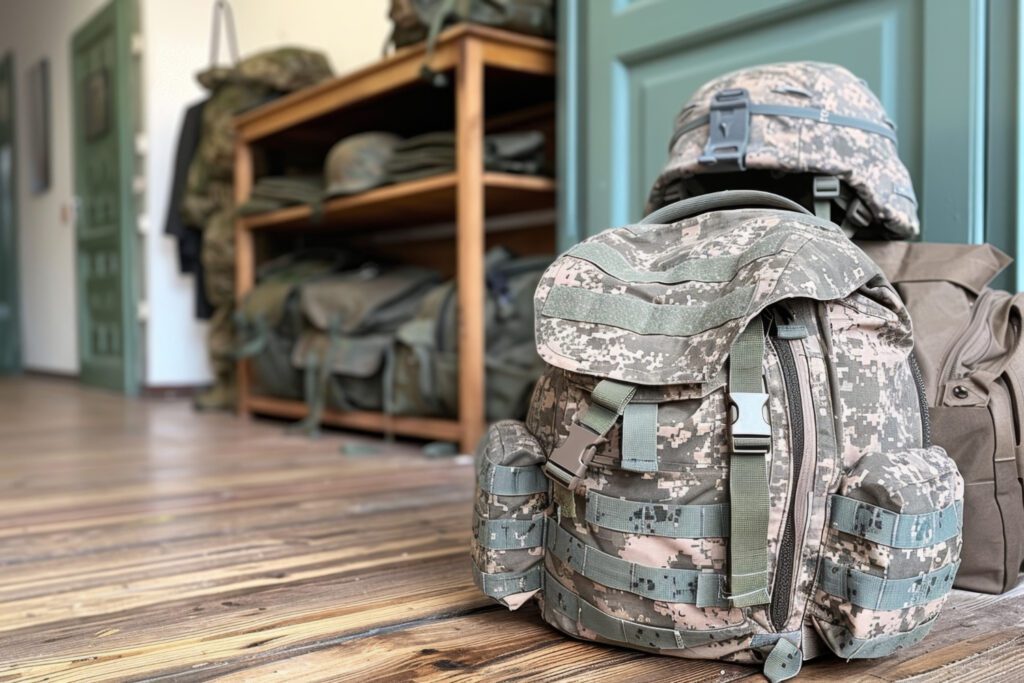
You don’t have to spend a fortune on preparation just because you’re avoiding low-quality survival gear. Finding high-quality survival equipment at a reduced cost is more important than purchasing the priciest equipment. Astute preppers know where to find reasonably priced survival gear that is dependable, long-lasting, and sturdy rather than squandering cash on inferior and unreliable stuff. Your best option on a tight budget is to purchase more wisely rather than less.
Thrift stores and military surplus shops are excellent sources of low-cost survival tools. Thrift stores are a goldmine for wool blankets, cast iron cookware, hand tools, and even work clothes, frequently of higher quality than those found in modern retailers. Military surplus stores, on the other hand, sell battle-tested gear designed for real-world settings. Backpacks, boots, sleeping bags, and mess kits are all built to endure a beating and are usually less expensive than new survival gear.
Estate sales are another often neglected source of low-cost survival supplies. When people clean out their houses, they frequently sell expensive camping gear, hunting equipment, and even generators for pennies on the dollar. These sales are ideal for obtaining durable, high-quality equipment that has scarcely been used. The idea is to hunt for older, well-built things, as many were designed to endure longer than today’s mass-produced counterparts. If you’re patient and know where to seek, you can create a decent survival arrangement without spending a fortune.
Best Budget Gear Brands

If you’re prepping on a budget, you don’t have to choose between cheap survival gear that will fail you and overpriced name brands that drain your wallet. Some companies make affordable survival equipment tough enough for real-world use without the premium price tag. The trick is knowing which brands are cutting corners and which ones are offering budget-friendly survival tools that can hold up when it counts.
Regarding survival knives, two brands stand out for being affordable and reliable: Morakniv and Ontario Knife Co. Morakniv is a Swedish brand that produces simple, durable knives at a fraction of the cost of high-end blades. Their carbon steel models hold an edge well and can handle tough survival tasks without snapping. Ontario Knife Co. is another solid choice, especially for their RAT series knives, which are known for their durability and comfortable grip. Unlike the cheap, no-name survival knives you find online, these brands offer real quality at a reasonable price.
There are two reputable water filtration brands: Sawyer Mini and LifeStraw. Both are small, lightweight, and capable of filtering germs and parasites from contaminated water sources. The Sawyer Mini stands out since it has a longer lifespan (up to 100,000 gallons) and can be attached to a hydration pack, whilst the LifeStraw is a convenient grab-and-go choice for emergencies. If you’re looking for survival gear on a budget, these brands demonstrate that you don’t have to pay a fortune to have gear that works when needed.
Why Testing Matters
Whether using cheap survival gear or high-end equipment, one rule never changes: test everything before you need it. Too many preppers make the mistake of buying gear, tossing it into their bug-out bag, and assuming it will work when the time comes. But survival isn’t the place for blind trust. A knife that looks solid in your hand might snap under pressure. A fire starter that worked once in your backyard might fail miserably in wet or windy conditions. Even a budget-friendly survival tool that seems decent in theory could break down the moment you push it past basic use. The only way to know for sure? Use it now, before it’s too late.
Real-world testing exposes weak points that you might overlook otherwise. A cheap tent might seem fine when you set it up in your yard, but will it hold up in a storm? That inexpensive emergency gear flashlight may work today, but do you know how long the batteries last? Running drills, setting up camp, purifying water, starting fires in bad conditions, help you find problems before they become survival threats. Prepping is about being ready, which means knowing your gear works, not just hoping it will.
Relatable: Top 5 Survival Skills You Can Learn in a Weekend
How to Test Your Gear

The best way to avoid nasty surprises in a survival situation is to test your gear before you ever need it. Many preppers assume that because they bought something, it’ll work when the time comes, but assumptions don’t keep you alive. You need to know how your equipment performs under actual conditions, which means putting it to the test at home.
Here are three simple tests you can do right now to make sure your cheap survival gear won’t fail you:
- Test your fire starter: Don’t assume your matches or Ferro rods will work when needed. Try starting a fire in wet or windy conditions and see if you can get a flame going. If it takes forever or won’t light, you know it’s time to upgrade.
- Check your knife’s durability: A survival knife isn’t just for show, it needs to handle real tasks. Use it to cut through thick rope, carve wood, or baton small logs. If the blade dulls too fast, chips, or snaps, you’ve got a problem.
- Test your water filter: It’s easy to trust a budget-friendly survival tool like a water filter, until it fails. Before an emergency, test it on questionable water sources like a pond or stream. If it clogs easily or the flow rate is terrible, it’s better to know now than when you’re desperate for clean water.
You don’t need a full-scale survival scenario to test your gear. A weekend camping trip or even a few hours in your backyard can reveal whether your survival gear on a budget is reliable, or if it’s just dead weight.
Building a Reliable Kit
A smart prepper doesn’t just buy gear, they build a survival kit that works. The key is knowing how to balance cost and reliability so you don’t end up with either overpriced gear you don’t need or cheap survival gear that won’t hold up when it matters. Some tools, like a solid knife and a dependable water filter, are worth investing in, while others, like affordable survival equipment such as duct tape and candles, can be budget-friendly without risk. The goal isn’t to buy the most expensive gear; it’s to choose items that will last and perform under pressure.
However, having the right gear is only part of the equation. A well-prepared survival kit isn’t just about what’s inside, it’s about knowing how to use it. You should regularly test your tools, rotate supplies, and practice with your kit before you need it. A budget-friendly survival tool is only useful if you’ve trained with it and know its limits. Survival gear on a budget isn’t just about what you buy, it’s about how well you’re prepared to use it when it comes.
Cheap survival gear isn’t always harmful, but naively relying on it is a mistake. The difference between life-saving equipment and dead weight is understanding where to spend, where to save, and when to DIY. Some low-cost survival kits are just as effective as high-end equivalents, but skimping on crucial gear, such as knives, water filters, and shelter, can leave you stranded when it counts most. The most astute preppers recognize that low-cost survival equipment is more than just affordable; they are also reliable. You’ll be ready for anything that comes your way if you make wise decisions, test your stuff, and assemble a budget-friendly survival kit.

